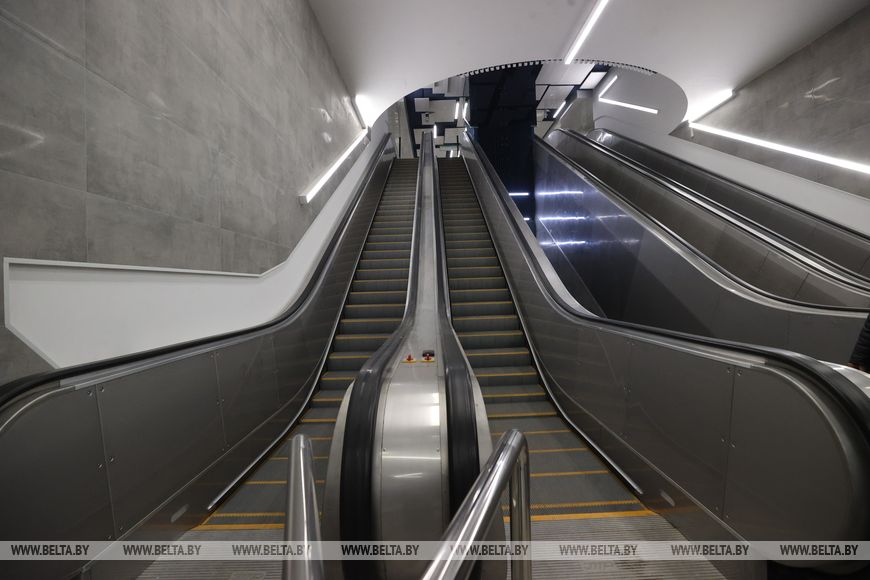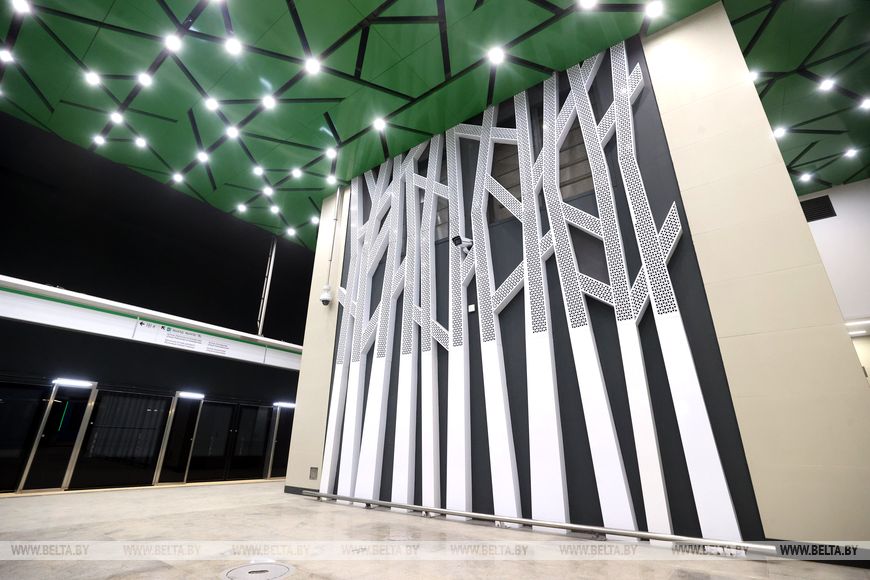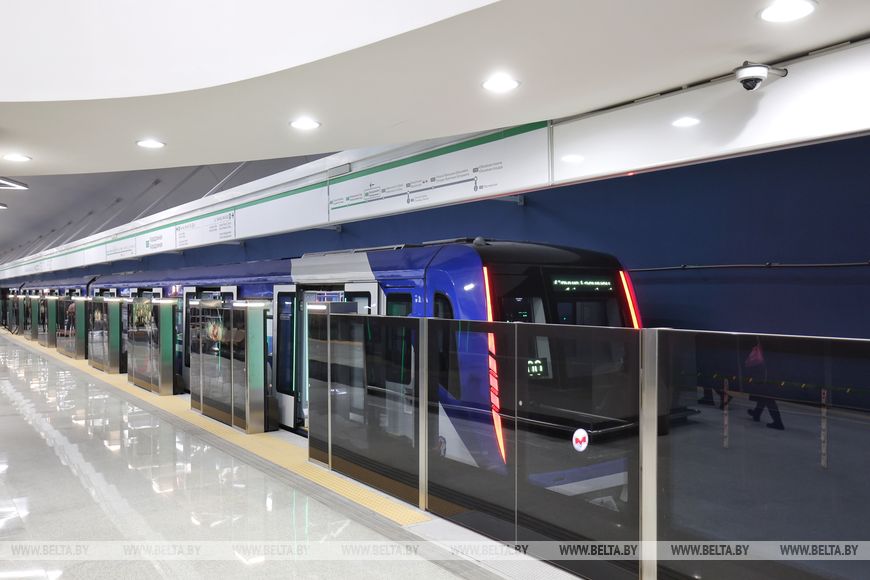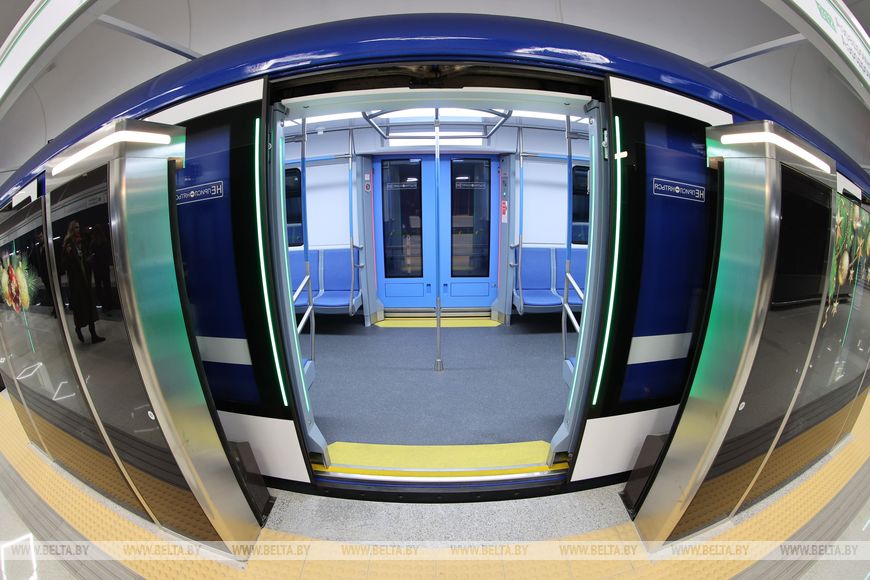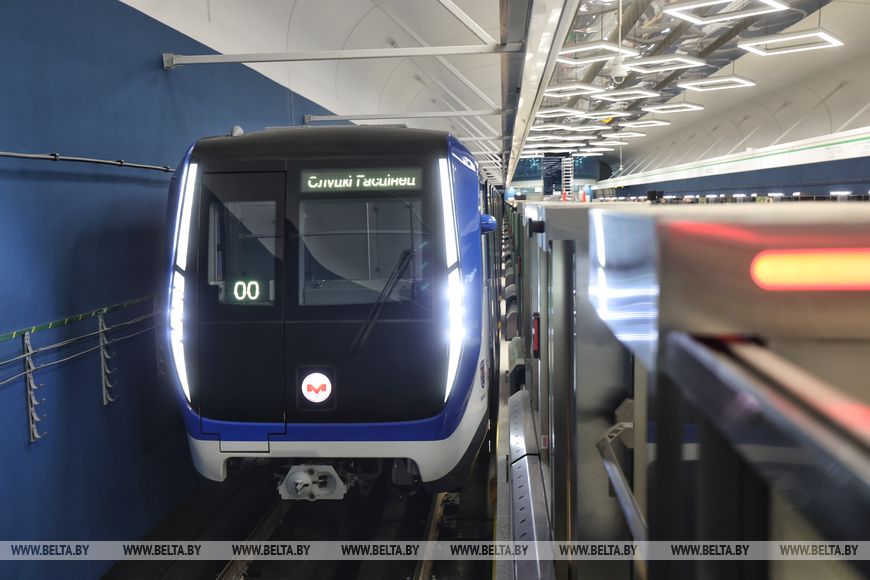on white
on blue
Lukashenko compares metro construction to space exploration
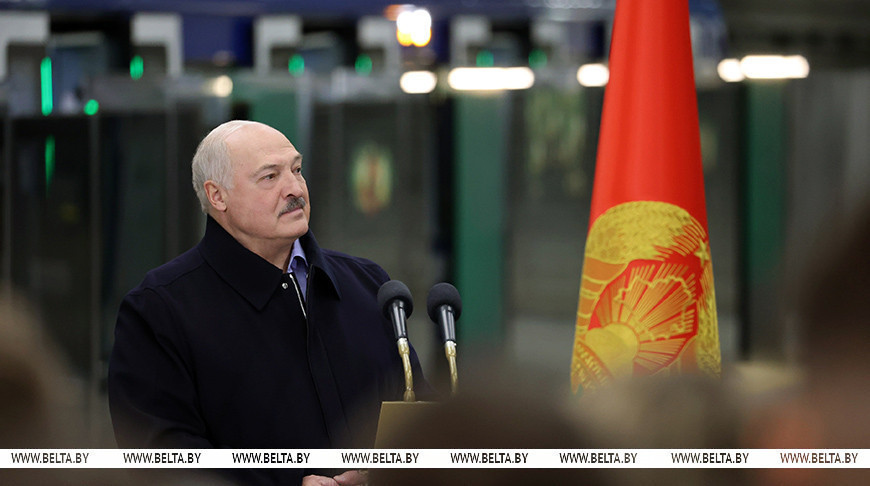
On 7 November 2005, Minsk launched three new metro stations: Kamennaya Gorka, Kuntsevshchina and Sportivnaya. The final section of the second metro line was a gift for October Revolution Day. Back then, in 2005, the president emphasized that the metro was not a museum and urged simplicity and functionality in construction and design. Metro builders are guided by this principle now too. In this episode of BelTA’s youTube project “After the Fact: Lukashenko’s Decisions” we will tell you what decision Lukashenko is proud of. How have metro construction technologies changed over the past decades? Why are the floors in Minsk metro made of granite only?
When was metro built in Minsk
It took seven years to build the first section of Minsk metro - from Institut Kultury station to Moskovskaya station. It was officially launched on 29 June 1984. Soon it became clear that the metro should be extended. From Moskovskaya to Vostok. Then came the time for the construction of the Avtozavodskaya line. Aleksandr Lukashenko attended the opening of Mogilevskaya station in 2001.
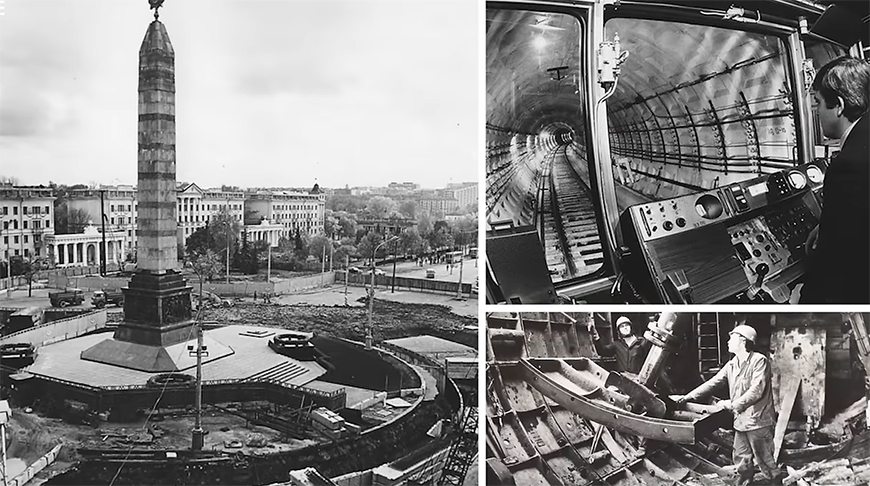
Aleksandr Lukashenko took a ride in the metro and met with residents of Zavodskoi District of Minsk.
“I see you're in a good mood. Now you can use metro to get to the edge of the city. Then you can travel further afield. So I congratulate you on the opening of this unique facility. I wish you good spirits, good health and success. And, of course happiness. Although we must create our own happiness with our own hands. Metro builders help us with this,” the head of state said at a ceremony to launch Mogilevskaya metro station in September 2001.
Aleksandr Lukashenko attends the opening ceremony of Mogilevskaya station of Minsk metro, September 2001
Why was Minsk willing to give up on the third metro line in the 1990s?
Now Minsk has three metro lines: Avtozavodskaya, Moskovskaya and Zelenoluzhskaya. The first three stations of the Zelenoluzhskaya line were dedicated in the turbulent year of 2020.
“In this difficult year, nothing could interfere with your work: neither pandemic nor calls for strikes. Because you were busy doing your job, like the majority of Belarusians, thanks to whom the country lives, moves forward, becomes cozier and more beautiful. It will always be so (even if someone does not want it), if we want to be sovereign and independent,” the president said addressing the employees of Minsk metro system and Minskmetrostroy at a ceremony to unveil the third line of Minsk metro in November 2020.
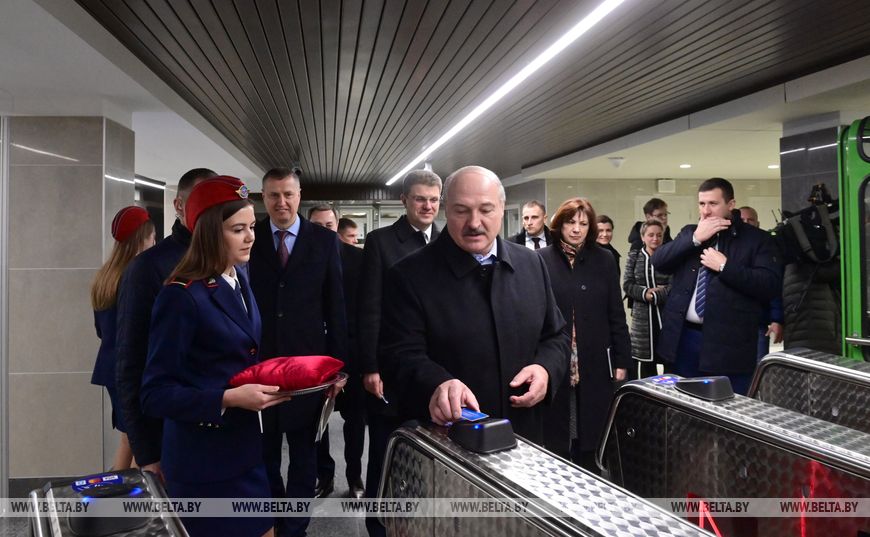
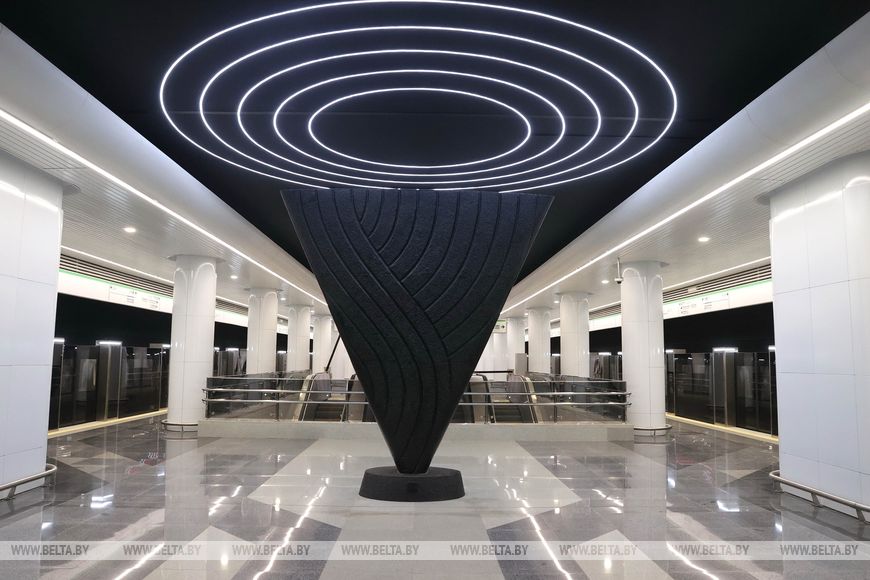
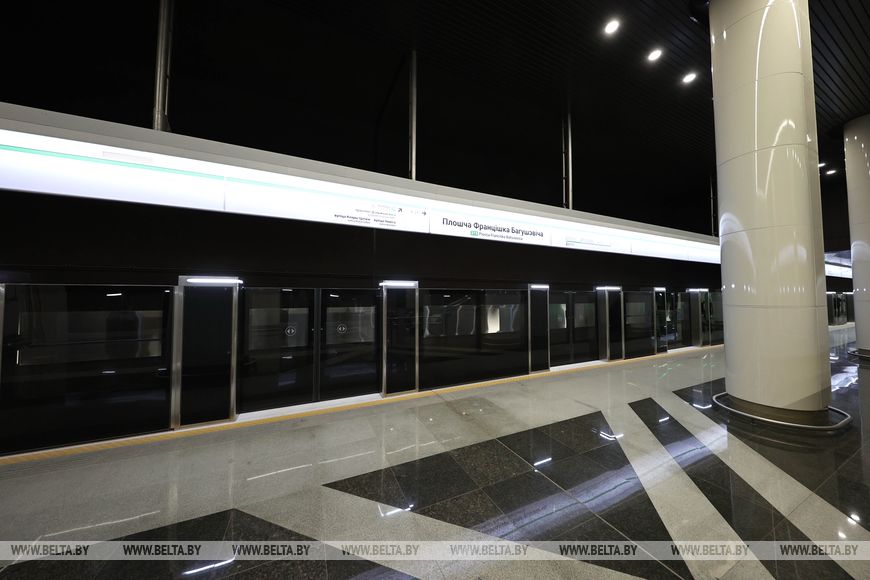
“Today's launch of the first phase of the new metro line is an indicator of our social and political stability,” Aleksandr Lukashenko added.
The third line of Minsk metro might not have happened at all. Such projects are not cheap. Not every country can afford such projects.
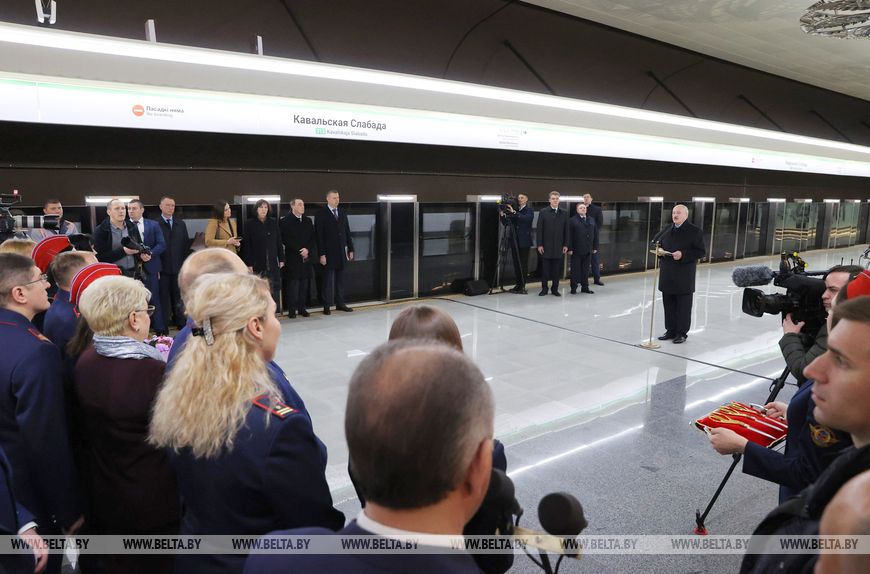
“I remember the mid-1990s, when the country was struggling in the wake of the Soviet Union collapse,” the president said speaking about the history of the Minsk metro system.
“Back then some suggested shutting down Minsk metro. In 2012, the metro was extended to the Malinovka neighborhood. And then the question arose: what next? Two metro lines were built, and key stations were commissioned in those difficult times. And I made a decision that I am still proud of. I said: we will not destroy the metro system,” Aleksandr Lukashenko said. He noted that the decision was aimed to preserve Belarus’ metro construction competencies. “After all, few cities in the world have a metro. And I dreaded to think that these great competencies could be lost. Metro construction can be compared to space exploration, only under the ground; it requires a high level of competencies, innovations, latest technologies and skilled workforce,” the head of state noted.
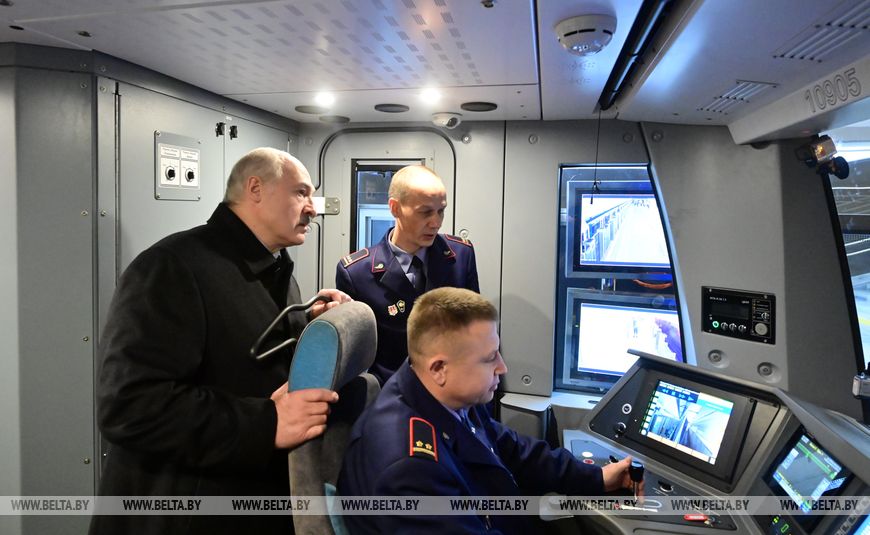
Why, in the opinion of Lukashenko, Minsk needs the fourth line of Minsk metro?
The first stations of the third metro line were called Kovalskaya Sloboda, Vokzalnaya, Ploshchad Frantishka Bogushevicha and Yubileinaya Ploshchad. Safety is ensured by a semi-automatic control system. The new metro stations got a new feature: platform screen doors that prevent people from falling onto the rails and reduce noise.
“Today trains will move along a new line the same way as our Belarus will move towards new goals,” the head of state said outlining the goals for the future as he opened the third line. “We will finish the third line which might have up to 17 stations. And my dream is to launch an ambitious project to build the fourth line. This will be a circular line that will reduce traffic along the Minsk Ring Road. Thanks to this, in the foreseeable future, full-fledged transport hubs will be created for all types of urban and suburban transport.”
The builders use only the safest and most advanced materials that are easy to install and clean. These materials are also resistant to vibration.
“Floors are traditionally made of granite. We tried all kinds of materials but granite turned out to be the best. This material is not slippery and is wear-resistant. Therefore, floors in Minsk metro and in all metro stations in the former Soviet republics are made only of granite. For finishing the columns we use metal panels, which allow for quick installation and easy removal. The stations that are under construction along the third line will have a new feature – architectural concrete with decorative lighting. In other words, this will be the first time we will try to do without finishing,” said Georgy Protasov, First Deputy Director - Chief Engineer of Minskmetroproekt.
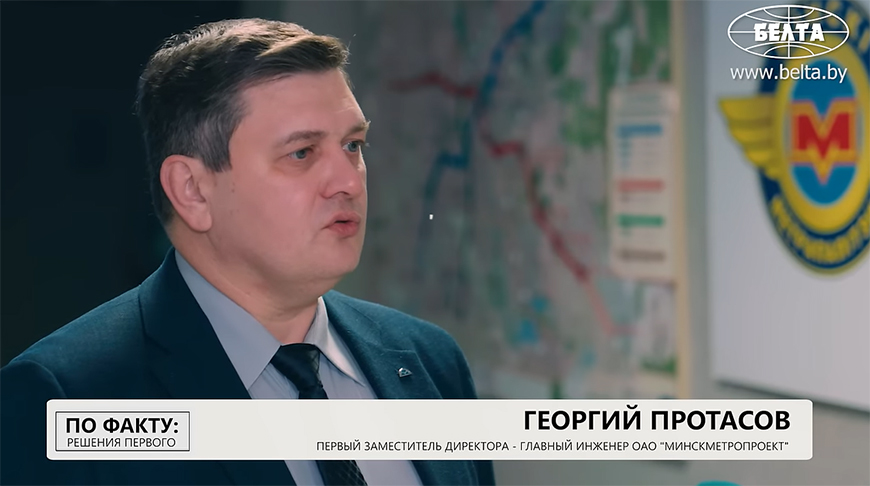
How much does one km of metro cost?
By the way, the names of stations change during construction. For example, Kovalskaya Sloboda could be called Zhukovskogo; Nemorshansky Sad was first designated as Loshitskaya. A station often gets its final name right before it is put into operation.
For example, Sportivnaya station was proposed to be named Zhudro, Rakovskaya, and Kuntsevshchina. The final name is assigned by a special commission under the Minsk City Executive Committee taking into account the location of a station. A city often absorbs small villages and remarkable places as it grows bigger. Their names are perpetuated in the names of metro stations,” Georgy Protasov said.
Each station has a unique architectural design. It would be a shame to spend a lot of money on a faceless structure. For example, Malinovka station is associated with a bird. Ploshchad Frantishka Bogushevicha station highlights the country’s cultural heritage. Vokzalnaya station is a transport hub. The cost of building each section depends on the location of communications, geological structure and many other factors. In December 2024, three more stations of the Zelenoluzhskaya line were put into operation. The construction of one kilometer cost $70 million.
“Everything seems to be going well with the construction projects, but they are moving very slowly. Moscow builds faster, while our workers seem to putter around under the ground like moles. We need to work faster, twice as fast,” Aleksandr Lukashenko said as he was inspecting a new section of the third metro line in December 2024.
“The three stations cost Br832 million in total. One kilometer was about $70 million. It cost our neighbors two times more,” Minsk Mayor Vladimir Kukharev said.
“That’s quite a lot. But we cannot do otherwise. Metro in Minsk needs to be of high quality,” the president responded.
What needs to be done to speed up the construction?
The tunnel boring machine used in the Minsk metro construction is called Alesya. Minsk has only one such device. The acquisition of a second one will accelerate the metro construction pace.
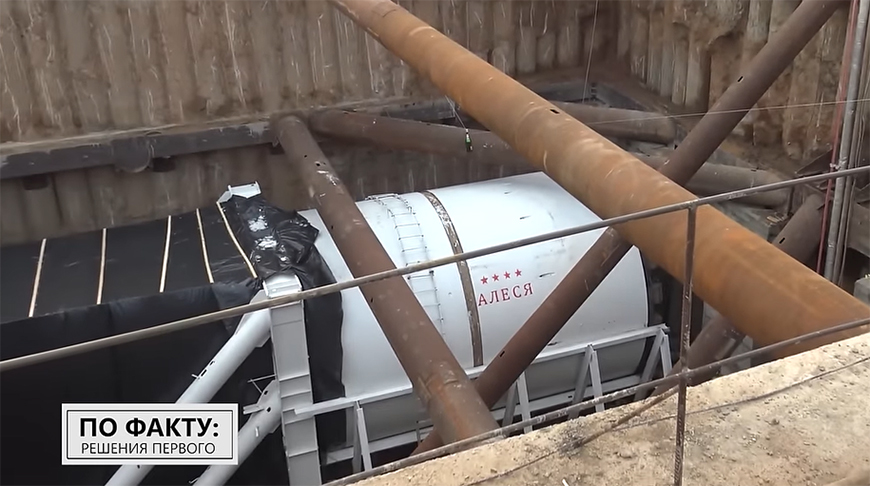
“We plan to purchase a second tunnel boring machine. Design solutions will be worked out to accelerate the metro construction in Minsk,” said Sergei Grechkin, Deputy Chief Engineer of Minskmetrostroy.
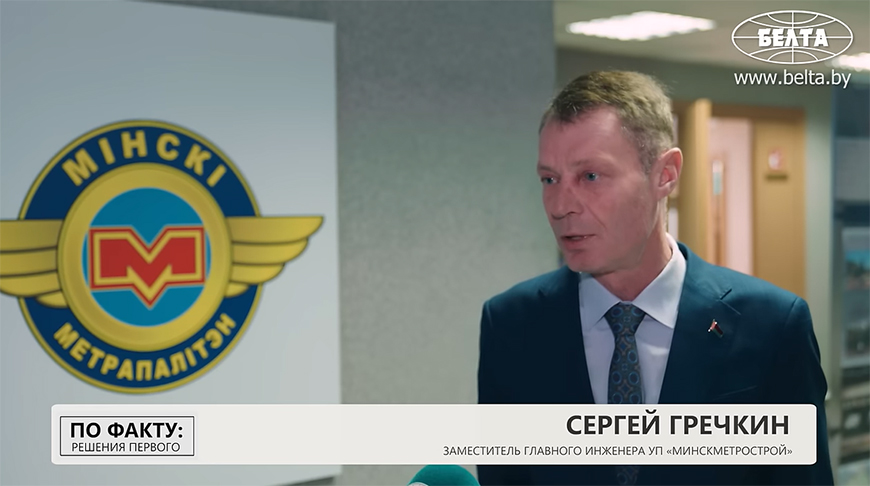
Minsk metro is subsidized. The prime cost of one trip is Br2.12. One-ride fare is Br0.90. The rest is subsidized from the city budget. It makes up more than Br134 million a year.
“We have been using the tunnel boring machine over the past decade. High-precision waterproof tunnel framing is in use. The earth-wall trench method, a wall support method, is successfully applied. We also install a vibration-isolated track. It adds comfort and minimizes noise in tunnels during train traffic,” Sergei Grechkin noted.
Aerodromnaya, Slutsky Gostinets and Nemorshansky Sad are three new metro stations. The line will further head towards Zeleny Lug neighborhood.
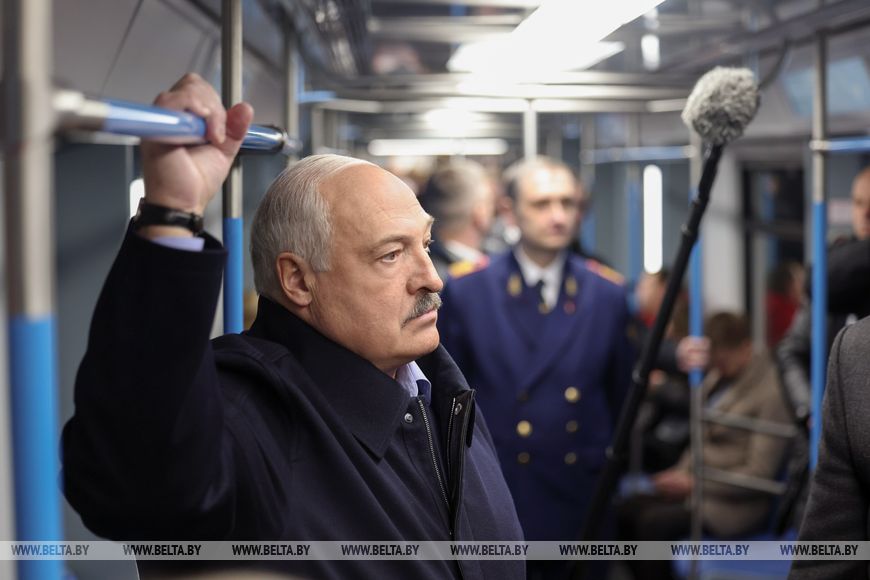

“Currently work is underway to re-lay utility lines. This is a preparatory stage. We have already focused on security measures to keep buildings and structures intact. We have also started the construction of a launch box for the tunnel boring machine. 08.40 According to the project, it will take 66 months to build this section,” said Pavel Tsarun, Head of the Minsk Metro Construction Directorate.
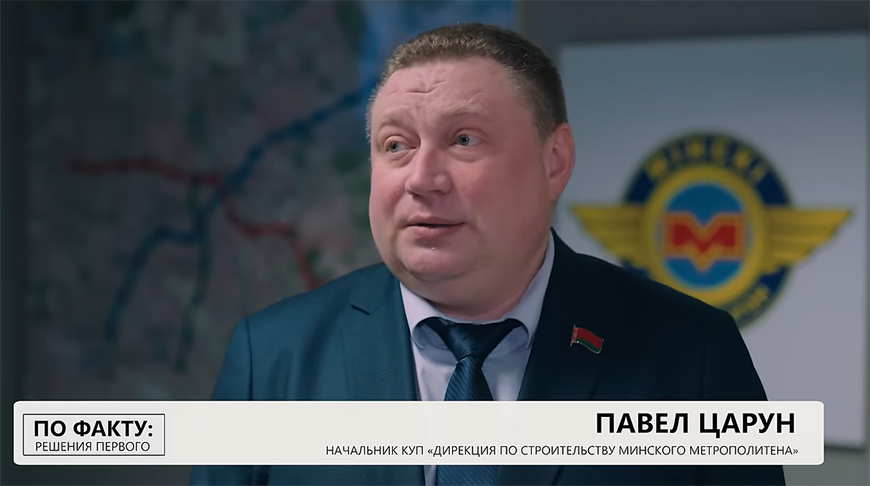
What will the fourth metro line look like?
The fourth metro line will duplicate the city’s second ring road. According to the general plan, it will consist of 17 stations. Metro stations will be built in densely populated neighborhoods first.
Apart from metro, construction workers will have an additional scope of work to develop transportation links between satellite cities and Minsk.
“We will not expand Minsk beyond the ring road, as it is done with capital cities in other countries. Otherwise, Minsk will become overcrowded and difficult to live in. That was why we decided to build satellite cities. You know them. These are Logoisk, Dzerzhinsk and Smolevichi. They need to be connected by high speed services with Minsk. We will plan and look for opportunities to build an elevated metro. Who will do it? You will,” Aleksandr Lukashenko said as he talked to the metro builders in December 2024.
